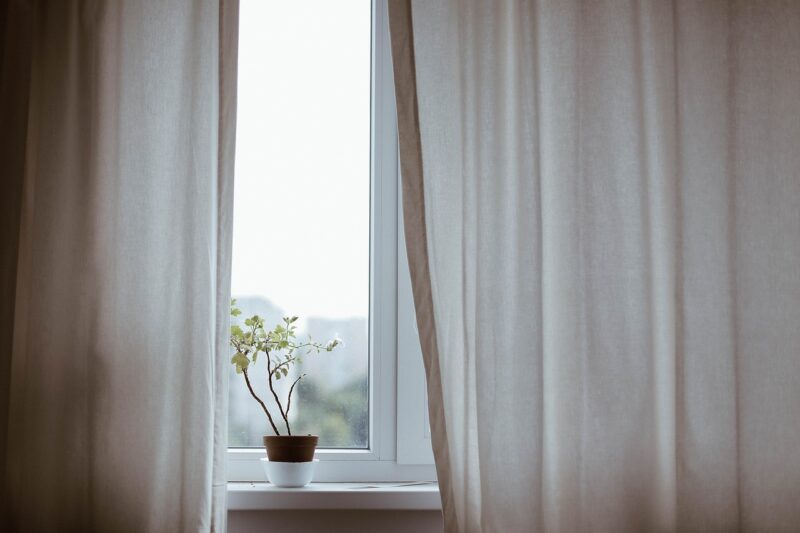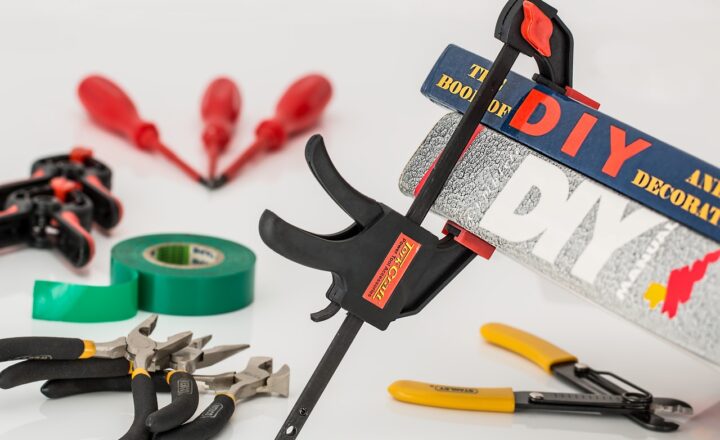The Best DIY Gardening Hacks to Grow a Thriving Indoor Plant Collection
November 16, 2024

Indoor gardening has become an increasingly popular pastime, allowing city dwellers and homeowners alike to bring a little nature into their living spaces. Whether you are a seasoned gardener or a newbie, cultivating a thriving indoor plant collection can be both rewarding and beneficial to your mental well-being. In this article, we will explore a myriad of DIY gardening hacks that can help you nurture and expand your indoor plant collection effectively.
1. Choosing the Right Plants for Your Space
Before diving into specific hacks, it’s essential to understand the types of plants that are best suited for indoor environments. Factors like light, humidity, and your personal preference come into play when selecting your indoor plants.
Popular indoor plants include:
- Snake Plants: These are hardy and tolerate low light, perfect for beginners.
- Pothos: Known for their trailing vines, they thrive in a variety of lighting conditions.
- Peace Lily: Beautiful and easy to care for, also known for its air-purifying properties.
- Spider Plant: Fun and forgiving, these plants are great for propagating new plants.
Choosing the right plants is key to success and satisfaction in your indoor gardening journey.
2. DIY Self-Watering Pots
One common challenge for indoor gardeners is ensuring their plants receive adequate water without over-watering. DIY self-watering pots can solve this problem elegantly.
**Materials Needed:**
– Plastic or ceramic pot
– A smaller plastic container or bottle
– Cotton rope or shoelaces
**Steps:**
1. Cut a small hole in the bottom of the smaller container or bottle where the soil will go.
2. Insert one end of the cotton rope into the soil, so it touches the roots of the plant, then place the other end into the reservoir of water you prepare.
3. Fill the outer pot with water, ensuring the cotton rope reaches into it to allow slow water diffusion.
This setup will maintain consistent moisture in your plant’s soil, reducing the chances of root rot while keeping your plant happy.
3. Fertilizer from Kitchen Scraps
Instead of purchasing expensive fertilizers, you can create your own nutrient-rich compost from kitchen scraps. This not only benefits your plants but also minimizes waste.
**What to Use:**
– Eggshells (source of calcium)
– Coffee grounds (rich in nitrogen)
– Fruit and vegetable scraps
**Steps:**
1. Collect your kitchen waste and let it dry out for a few days.
2. Blend the scraps into a fine mixture.
3. Apply this natural fertilizer in moderation to your potted plants, enhancing their growth without harmful chemicals.
This eco-friendly solution enriches your soil while keeping your plants strong and healthy.
4. Create a Plant Stand with Repurposed Materials
A beautiful plant display can significantly enhance your interior decor. Instead of buying a new plant stand, consider making one from reclaimed wood, old furniture, or even a ladder.
**Instructions for a Ladder Plant Stand:**
1. Find an old wooden ladder and sand it down to remove any rough edges.
2. Paint or stain the wood to match your decor.
3. Use the rungs of the ladder to place plants at varying heights, making them not only useful but also an eye-catching conversation piece.
This hack is not only sustainable but also showcases your plants in style.
5. DIY Plant Propagation Station
Sharpen your gardening skills by propagating your plants. It’s a cost-effective way to expand your collection, and it’s easier than you might think. You can create a simple propagation station using items from around your home.
**Materials:**
– Glass jars, test tubes, or vases
– Water
**Steps:**
1. Cut healthy stems from your existing plants, ensuring each cutting has at least one leaf node.
2. Place the cuttings into the jars or tubes filled with water, ensuring the leaf nodes are submerged.
3. Place the station in a bright, indirect light spot, and change the water weekly.
4. Once roots appear (usually within a few weeks), you can pot them in soil!
Propagating plants not only expands your collection but also maximizes your existing resources.
6. Using Grow Lights for Optimal Growth
If natural light is limited in your home, investing in some grow lights can be a game changer for indoor gardening. DIY grow lights can be created using LED strips or clamp lamps equipped with full-spectrum bulbs.
**Steps:**
1. Determine the space and arrangement of your plants to assess how much light is necessary.
2. Install your LED strips or set up clamp lamps above your plants, ensuring they are positioned 12-24 inches away from plant tops.
3. Use a timer to simulate natural daylight cycles, setting the lights for 12-16 hours a day.
This will provide your plants with the energy they need to thrive, even in dim spaces.
7. Soil Mix Overhaul
An often-overlooked aspect of indoor gardening is the importance of good soil. Instead of relying on store-bought mixes, you can create your own ideal soil mix to suit your plants’ needs.
**Basic Soil Mix Recipe:**
– 2 parts potting soil
– 1 part perlite or coarse sand (for drainage)
– 1 part coconut coir or peat (for moisture retention)
– Optional: a handful of activated charcoal (for odor absorption)
Mix these components thoroughly before potting your plants. The right soil mix not only improves drainage but also supports root health, ensuring your plants flourish.
8. Pest Prevention with Natural Remedies
No indoor gardener wants to see pests invading their collection. Preventing pests naturally is safer and better for your plants. Here are a couple of handy remedies:
**Natural Pest Deterrents:**
– **Neem Oil:** Dilute with water and spray on plants to ward off pests.
– **Soap Spray:** A solution of mild soap and water can help eliminate pests.
– **Essential Oils:** Oils like peppermint and cedar can repel unwanted insects.
Regularly inspecting your plants for pests and treating them early will ensure your indoor garden remains healthy and vibrant.
Conclusion
Expanding and maintaining your indoor plant collection can be both enjoyable and manageable with the right DIY hacks and practices. By choosing appropriate plants, creating self-watering pots, using natural fertilizers, and understanding your plant’s needs, you can cultivate a greener indoor space. From repurposing materials for decorative plant stands to effective pest prevention, these gardening hacks will not only enhance your skills but also deepen your connection with nature. Begin your indoor gardening adventure today, and watch as your collection thrives in your cozy home.





